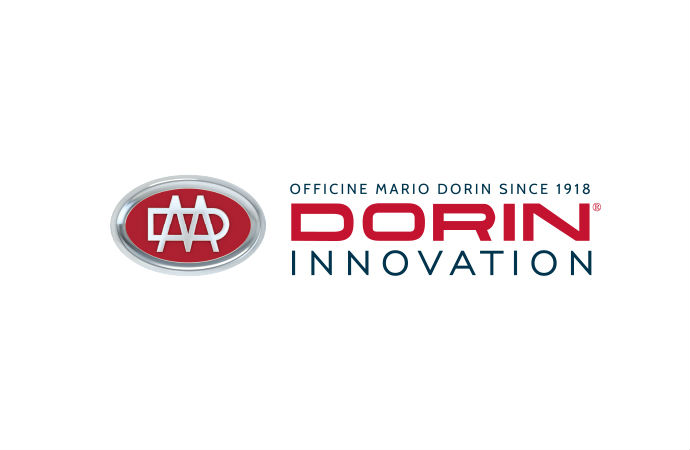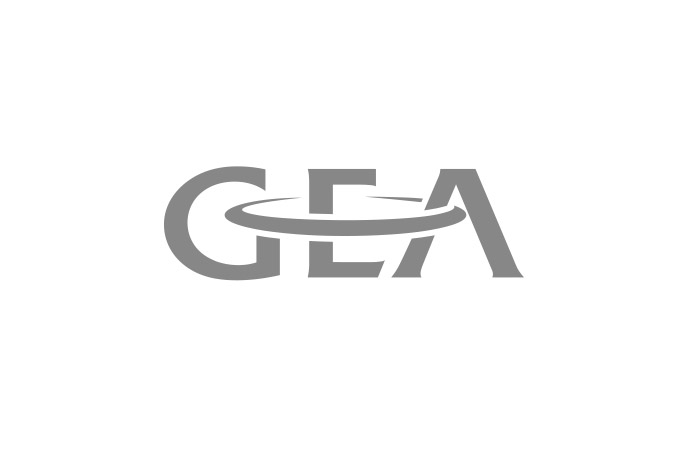In light of the current or imminent market availability of substances that have little or no impact on climate such as hydrocarbons, formal petitions have been filed in the US, asking the Environmental Protection Agency to withdraw federal approval for the use of one of the most commonly used fluorocarbon refrigerants, R134a, in new domestic and retail stand-alone refrigeration.

Two petitions telling EPA that HFC-134a should be quickly replaced with climate friendly alternatives were filed last week, including a joint petition by the Natural Resources Defense Council (NRDC) the Institute for Governance and Sustainable Development (IGSD) and the Environmental Investigation Agency (EIA), as well as a supplemental petition filed separately by the EIA alone. The two petitions build on an earlier (2010) petition filed jointly by the three NGOs that required an end for R134a in mobile air conditioning systems.
Request to ban R134a in new domestic and retail stand-alone refrigeration units
Both petitions call on the EPA to remove HFC-134a from the list of acceptable substitutes in household refrigerators and freezers and stand-alone retail food refrigerators and freezers under the Significant New Alternatives Policy Program.
More specifically, the EIA supplemental petition calls on the EPA to remove R134a and R134a blends from the list of acceptable substitutes for numerous uses, including:
The EIA petition draws on the December 2011 US EPA approval of hydrocarbon refrigerants for use in refrigerators and freezers in the US and underscores their widespread use in all European and Japanese refrigerators/freezers and the majority of Chinese units. “Because of the high GWP (Global Warming Potential) of HFC-134a, the soonest possible deadline should be set to ban the use of HFC-134a in all new domestic refrigerators and freezers and in all stand alone retail coolers and freezers,” reads the petition.
Similarly, to accelerate the transition towards climate friendly foam blowing agents (an estimated 20% of domestic refrigeration units sold today in the US contain HC blown foam), the petitioners request that “HFC-134a should not be an approved blowing agent for foam in domestic or retail refrigeration units or any other foam blowing application.”
Rationale for the petition: the comparative nature of SNAP
EIA notes in the petition that initial approval in the 1990’s by the EPA of R134a for use as an acceptable alternative for a number of applications under the Significant New Alternatives Policy (SNAP) Program were based on facts that do not hold true today, “in light of the comparative nature of the SNAP analysis and given that other acceptable substitutes are on the market or soon to be available”. For example at the time R134a’s GWP and atmospheric lifetime were close to those of other alternatives that had been determined to be acceptable for the end-uses. From today’s perspective however, R134a GWP of 1,430 is much higher than other available alternatives such as isobutene (R-600a) that has a GWP of 3.
Japan and European Commission join the US in coalition to accelerate HFC alternatives
Meanwhile, international momentum is growing to accelerate HFC alternatives. The Climate and Clean Air Coalition to Reduce Short-Lived Climate Pollutants, including hydrofluorocarbons (HFCs), was launched back in February 2012 with the initial membership including Bangladesh, Canada, Ghana, Mexico, Sweden, the United States and the UN Environment Programme (UNEP).
Last week, Colombia, Japan, Nigeria, Norway and the European Commission, along with the World Bank, joined the Coalition, bringing the members to 13.
The Coalition aims to fast track more environmentally friendly and cost effective alternatives and technologies to avoid HFC growth.
Request to ban R134a in new domestic and retail stand-alone refrigeration units
Both petitions call on the EPA to remove HFC-134a from the list of acceptable substitutes in household refrigerators and freezers and stand-alone retail food refrigerators and freezers under the Significant New Alternatives Policy Program.
More specifically, the EIA supplemental petition calls on the EPA to remove R134a and R134a blends from the list of acceptable substitutes for numerous uses, including:
- foam and refrigerants in new domestic refrigerators and freezers and other retail stand alone coolers and freezers;
- aerosols and pressurized dispensers, (including tire inflators), foams blowing
- cleaning fluids for noncommercial electronic, photographic and other equipment.
- …
The EIA petition draws on the December 2011 US EPA approval of hydrocarbon refrigerants for use in refrigerators and freezers in the US and underscores their widespread use in all European and Japanese refrigerators/freezers and the majority of Chinese units. “Because of the high GWP (Global Warming Potential) of HFC-134a, the soonest possible deadline should be set to ban the use of HFC-134a in all new domestic refrigerators and freezers and in all stand alone retail coolers and freezers,” reads the petition.
Similarly, to accelerate the transition towards climate friendly foam blowing agents (an estimated 20% of domestic refrigeration units sold today in the US contain HC blown foam), the petitioners request that “HFC-134a should not be an approved blowing agent for foam in domestic or retail refrigeration units or any other foam blowing application.”
Rationale for the petition: the comparative nature of SNAP
EIA notes in the petition that initial approval in the 1990’s by the EPA of R134a for use as an acceptable alternative for a number of applications under the Significant New Alternatives Policy (SNAP) Program were based on facts that do not hold true today, “in light of the comparative nature of the SNAP analysis and given that other acceptable substitutes are on the market or soon to be available”. For example at the time R134a’s GWP and atmospheric lifetime were close to those of other alternatives that had been determined to be acceptable for the end-uses. From today’s perspective however, R134a GWP of 1,430 is much higher than other available alternatives such as isobutene (R-600a) that has a GWP of 3.
Japan and European Commission join the US in coalition to accelerate HFC alternatives
Meanwhile, international momentum is growing to accelerate HFC alternatives. The Climate and Clean Air Coalition to Reduce Short-Lived Climate Pollutants, including hydrofluorocarbons (HFCs), was launched back in February 2012 with the initial membership including Bangladesh, Canada, Ghana, Mexico, Sweden, the United States and the UN Environment Programme (UNEP).
Last week, Colombia, Japan, Nigeria, Norway and the European Commission, along with the World Bank, joined the Coalition, bringing the members to 13.
The Coalition aims to fast track more environmentally friendly and cost effective alternatives and technologies to avoid HFC growth.
MORE INFORMATION
Related stories








